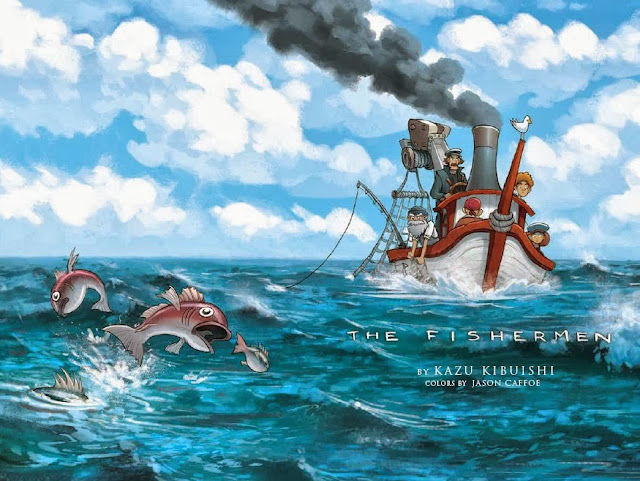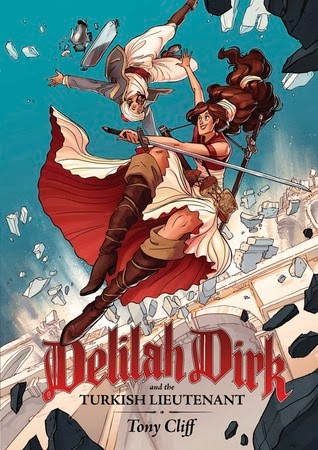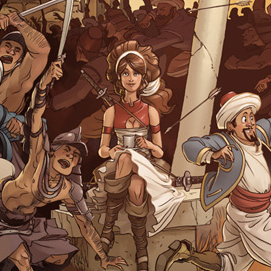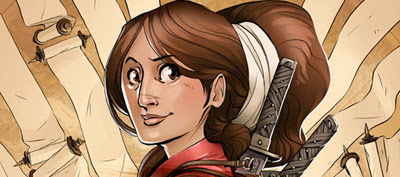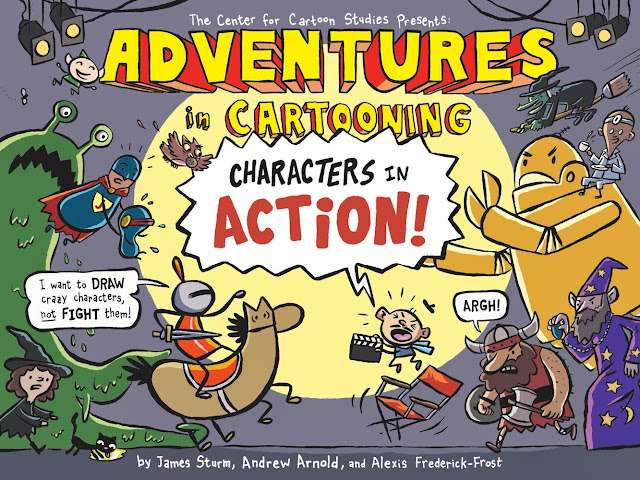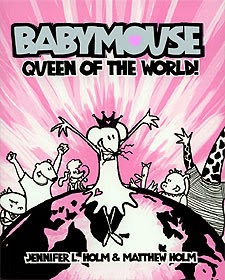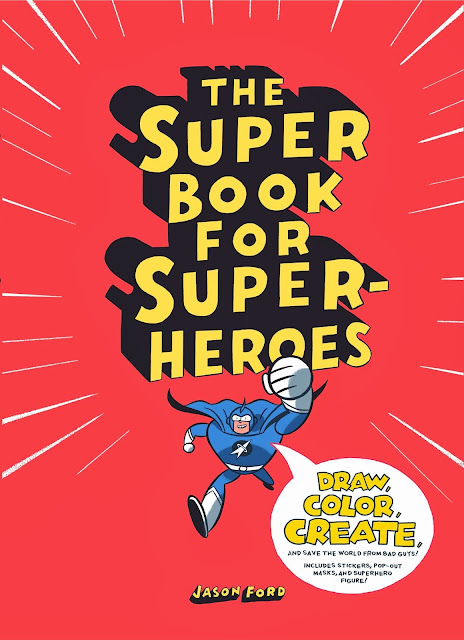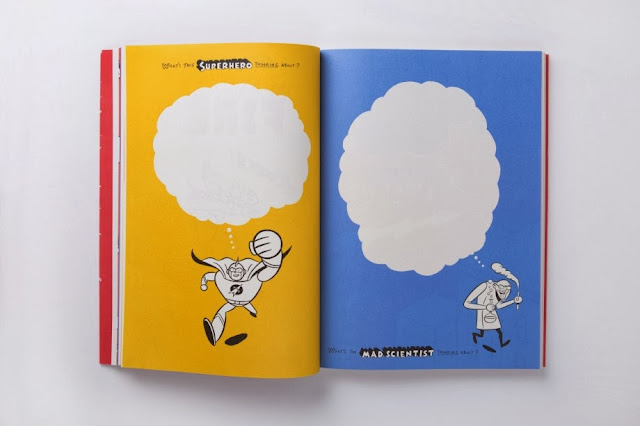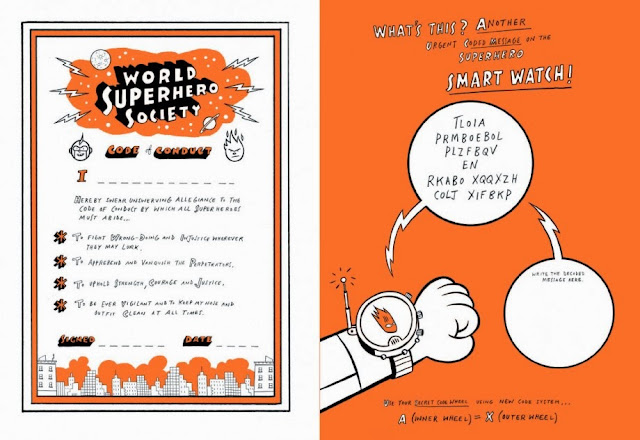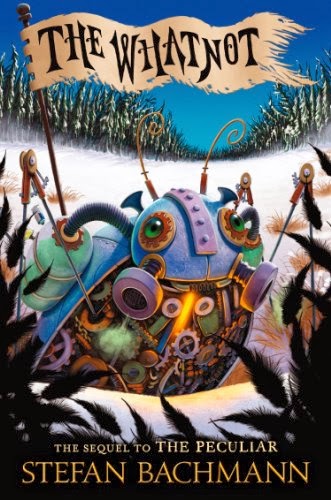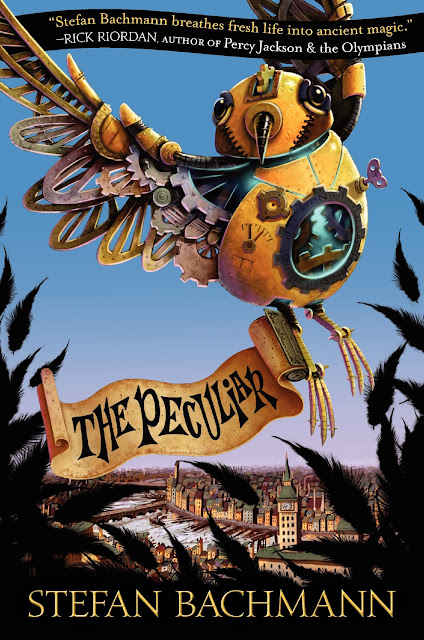The Peculiar is now in paperback!!
The Peculiar by
Stefan Bachmann is a rich and sumptuous book with some of the best world building I have read in a long, long time. This is special in and of itself, but there is something else worth noting about Bachmann and his accomplished novel that I will share at the end of my review.
The prologue to The Peculiar tells the story of the night of September 23rd when there was a "tremendous noise like wings and voices, creaking branches and howling winds, and then, in the blink of an eye, Bath was gone, and all that remained were ruins, quiet and desolate under the stars." That's right, in the first page of The Peculiar the whole city of Bath, circa Victorian era England, is obliterated and the "Small Folk, the Hidden People, the Sidhe had passed from their place into ours. The faeries had come to England." Intentionally? That's to be determined. However, one cold, hard fact of the event remains - there is no way for the faeries to return to their world. A war between the faeries and the British ensues, a war that comes to be known as the "Smiling War because it left so many skulls, white and grinning, in the fields." When the dust settles, after a time, the faeries become part of England, "an inseparable part, like the heather on the bleak gray moors, like the gallows on the hilltops." They settle in, living side by side with the humans, and "soon were no worse off than the thousands of human poor that toiled at their side." However, the high faeries, the Sidhe (pronounced "Shee") who had been lords and ladies in their own land, could not forget all they had lost. In addition to a simmering resentment, the arrival of the faeries in England results in the creation of a changelings, or, more specifically, the peculiar, the offspring of the union of a human and a faery. The Peculiar, who are peculiar looking, human features mingling with faery oddities like deep, black eyes or twigs for hair, are hated by humans and faeries alike and live by the simple rule, "don't get yourself noticed and you won't get yourself hanged." Over the course of the story, which I believe is going to be told in two volumes, a Peculiar and a junior member of Parliament find themselves an unlikely duo, racing to uncover the the evil force behind the gruesome murders of child Peculiars.
Bachmann describes every aspect of The Peculiar lovingly and he knows this pseudo-Victorian world and it's inhabitants well. We first meet Bartholomew Kettle, a peculiar who, along with his sister Hettie, makes the best of their self-enforced home arrest in the faery slums of the rebuilt Bath. Bachmann details this setting down to the grime in a character's fingernails and the flecks of mud on the hem of another character's plum-colored, velvet skirts. The shabby garret that they live in with their dotingly cautious mother is depicted in sharp contrast to the London home of the other main character in this novel, Arthur Jelliby. Jelliby, a very nice young man, is a member of Parliament "not because he was particularly clever or good at anything, but because his mother was a Hessian princess very well connected and had gotten him the position while playing croquet with the Duke of Norfolk." Jelliby is not ambitious in the least and would rather be "spending long afternoons at his club in Mayfair, buying chocolates for his pretty wife or simply sleeping until noon." However, an urgent summons to a Privy Council in the Houses of Parliament and a collision with another member who was also "running behind the swiftly ticking hands of his timepiece" foreshadows a more ominous connection the two will share as the plot of The Peculiar unfolds. Without giving too much away, I can tell you that Mr John Wednesday Lickerish, "Lord Chancellor and first Sidhe ever appointed to the British government" knows more about the missing peculiars than anyone suspects. Through a series of bad timing and bad luck, Jelliby comes to know more about this than he cares to and finds himself in the position of going to the police, who he is sure will not believe a thing he says, and trying to help the poor unfortunates caught up in this web on his own.
Honestly, though, to best appreciate Bachmann's skill, I need to quote him. Although it's hard to single out any few superlative passages as all the writing in The Peculiar is of the same rich tenor, skill and authentic nature, here are a few that jumped out at me. Of the Sidhe John Lickerish's house, Bachmann writes:
Nonsuch House looked like a ship - a great, stone nightmarish ship, run aground in the mire of London at the north end of Blackfriars Bridge. It's jagged roofs were the sails, its lichened chimneys the masts, and the smoke that curled up from their mouths looked like so many tattered flags, sliding in the wind. Hundreds of small gray windows speckled its walls. A pitted door faced the street. Below, the river swirled, feeding clumps of moss that climbed its foundations and turning the stone black with slime.
Of the clockwork creatures that are in vogue in London, he writes:
But he had seen them often while promenading: automatons shaped like dogs, like crows and spiders and even people, staring with beady eyes from the windows of fine mechanical-alchemist's shops on Jermyn Street. Clockwork horses were the newest craze. They were hideous and loud, shot steam from every joint , and looked rather more like rhinoceroses than horses, but the king of France owned a stableful, and the Queen of England, not to be outdone, had purchased a fieldful, and soon ever duke and minor noble owned at least one mechanically drawn coach.
Of Mr Zerubbabel, the mechanalchemist, he describes his shop as such:
The room beyond was dark, low-ceilinged, and cramped, its actual shape difficult to make out for all the shelves and stacks of machinery towering throughout it. The metal skeltons of half-built automata sat slouched on crates, staring at nothing with dead eyes. Wires crisscrossed the ceiling, and on them, wheeling to and fro with soft creaking noises, were dozens of little tin men on monocycles, carrying in their hands screwdrivers and hammers and spouted cans of glistening oil.
These are but a few examples of the splendor and wonder that exists between the covers of The Peculiar.
Oh yeah, and the most amazing thing about this book and it's author? Stephan Bachmann was only sixteen when he started writing it! He's eighteen now and, while he was born in Colorado, he lives in Zurich with his family. As he says of himself,
I have four siblings, and play five instruments. I live in a hundred-year-old house in Switzerland. I was homeschooled, which I assume explains everything. I was also stung by a jellyfish once, which might explain a few things, too. I won't be twenty for a while yet. I would really like to be a film composer and write wildly exciting music. I like movies, books, traveling, and chocolate. If I met you, I would probably like you, too.
Source: Purchased audio book, review copy of hardcover book.
Readers who enjoyed The Peculiar should definitely check out Marie Rutkowski's KRONOS CHRONICLES that being with The Cabinet of Wonders
. Rutkowski's world building is as entrancing, if not as densely Dickensian, as Bachmann's and her story is a bit less dark.
 In 2012 we were treated to Explorer: The Mystery Boxes, edited by Kazu Kibuishi, author of the amazing Amulet graphic novel series (waiting anxiously for Book 6...) and illustrator of the cover art for the 15th anniversary editions of the Harry Potter books (scroll to the bottom for images and a link to even MORE images). Once again, an amazing group of graphic novelists convenes to create Explorer: The Lost Islands. Greats like Jake Parker (Missile Mouse), Raina Telgemeier (Smile, Drama) and her husband Dave Roman (Astronaut Academy), Michel Gagné (ZED: A Cosmic Tale), Katie Shanahan and her brother, Steven, (Shrub Monkeys) Jason Caffoe, a contributor to Flight 7 and Chrystin Garland, freelance animator and digital artist, lend their talents to this volume. Each of the seven stories in Explorer: The Lost Islands takes place on or ends up on an island and is as individual as the artists who created it.
In 2012 we were treated to Explorer: The Mystery Boxes, edited by Kazu Kibuishi, author of the amazing Amulet graphic novel series (waiting anxiously for Book 6...) and illustrator of the cover art for the 15th anniversary editions of the Harry Potter books (scroll to the bottom for images and a link to even MORE images). Once again, an amazing group of graphic novelists convenes to create Explorer: The Lost Islands. Greats like Jake Parker (Missile Mouse), Raina Telgemeier (Smile, Drama) and her husband Dave Roman (Astronaut Academy), Michel Gagné (ZED: A Cosmic Tale), Katie Shanahan and her brother, Steven, (Shrub Monkeys) Jason Caffoe, a contributor to Flight 7 and Chrystin Garland, freelance animator and digital artist, lend their talents to this volume. Each of the seven stories in Explorer: The Lost Islands takes place on or ends up on an island and is as individual as the artists who created it.




